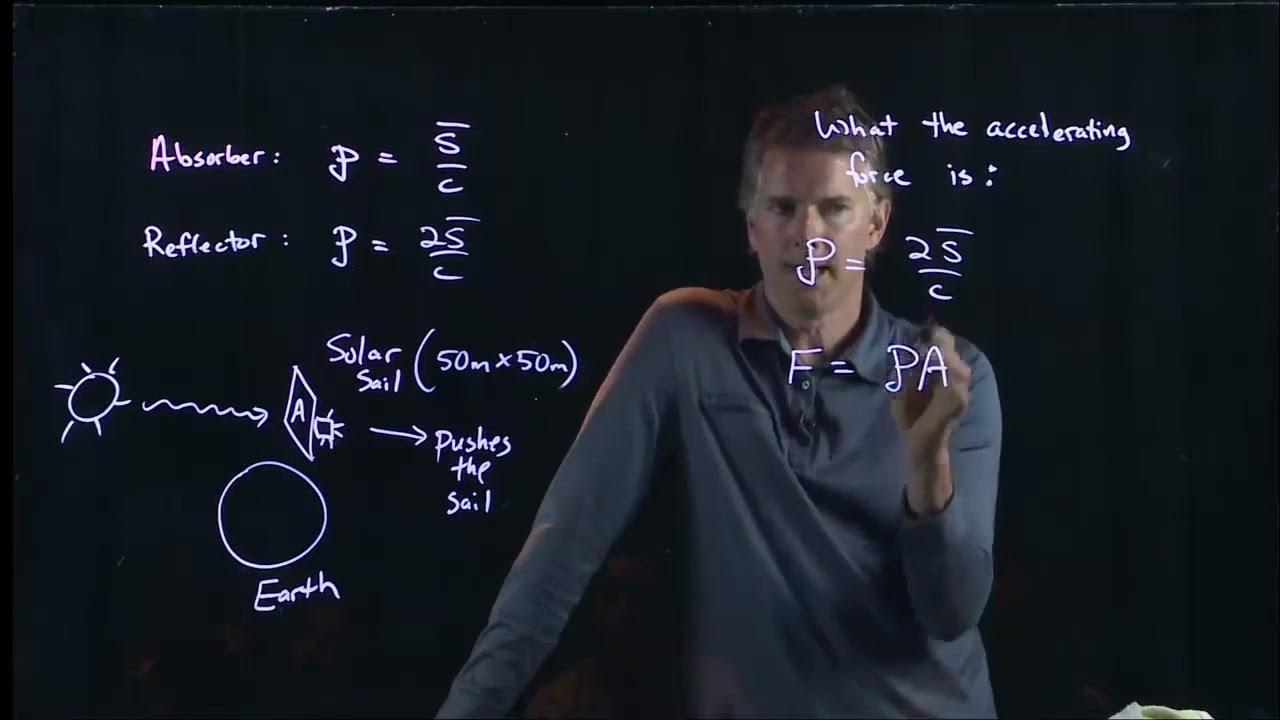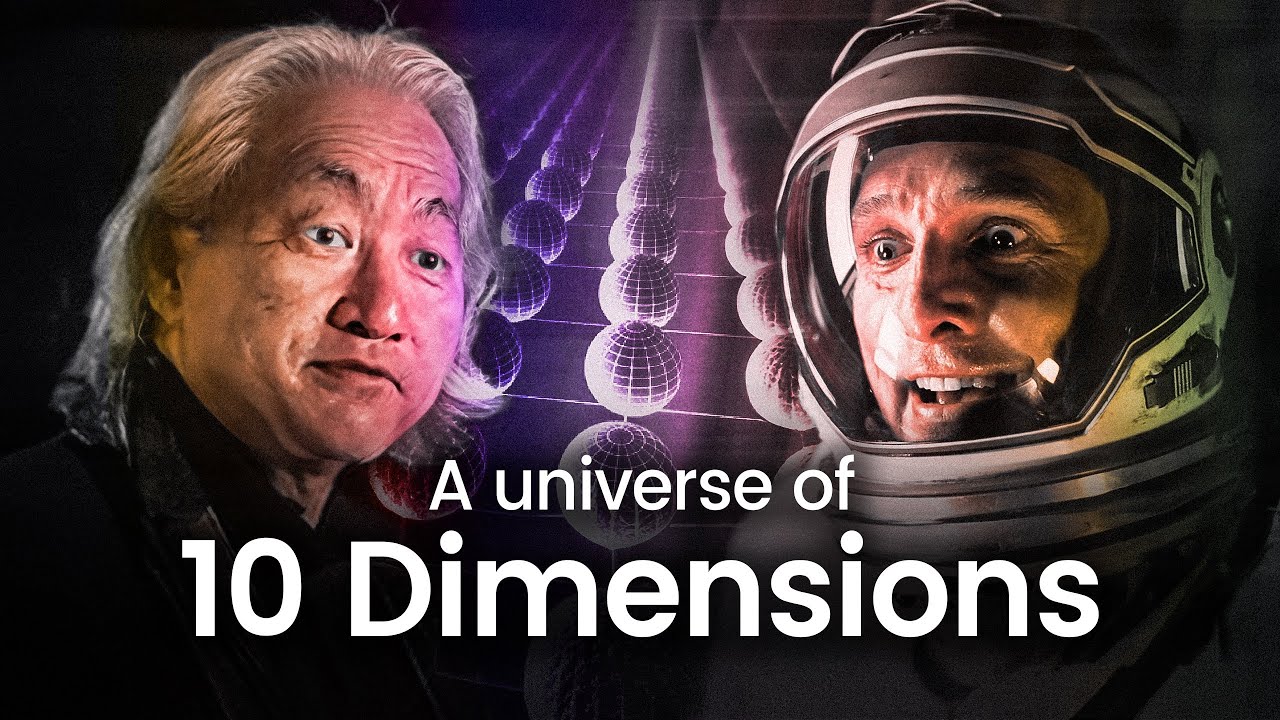Che cos'è il cronotopo? e perché è impostante saperlo?
Summary
TLDRThe video script explores the concept of 'cronotopo' in literature, a term borrowed from physics to describe the fusion of space and time into a narrative structure. It discusses how this concept is used to create unique settings for characters and stories, emphasizing the importance of the setting in shaping the narrative. The script references various literary works and authors, such as Joyce and Proust, to illustrate how the manipulation of space and time can lead to new forms of storytelling, contrasting the traditional omniscient narrator of the 19th-century novel with the more subjective and diverse narratives of the 20th century.
Takeaways
- 🏰 The script begins by discussing the cliché setting of a tavern in fantasy stories, like Dungeons and Dragons, highlighting its overuse in literature.
- 📚 The concept of 'cronotopo' is introduced as a term borrowed from physics, referring to the fusion of space and time, and its application in narrative literature to give life to a text.
- 🕒 The cronotopo is explained as being essential for characters in literature, as it defines their historicity and actions within a specific spatial and temporal context.
- 🗺️ Examples are given of how the setting (like the streets of London or Spain in the 16th century) is integral to the characters and their stories, such as Tom Jones and Lazarillo de Tormes.
- 🏰 The importance of setting in Gothic novels, such as 'The Castle of Otranto', is emphasized, where the castle is crucial for the story and character development.
- 🚫 The risk of overgeneralizing the concept of cronotopo is mentioned, as it could lead to the belief that all literary spaces are mere clones of each other, ignoring the unique logic and connections within each narrative.
- 🔄 The script discusses the separation and recombination of space and time in modern literature, such as in James Joyce's 'Ulysses', which challenges traditional narrative structures.
- 🔦 The contrast between the omniscient narrator of 18th-century novels and the subjective, internal perspective of 20th-century literature is highlighted.
- 📖 The evolution from 18th-century to 20th-century novels is described, with the latter allowing for more subjective and diverse representations of space and time.
- 🌐 The script touches on the scientific understanding of time as relative, and how this concept is reflected and manipulated in literary narratives.
- 🎨 The final takeaway is an invitation for viewers to share their thoughts on the video, indicating an engagement strategy to foster discussion and feedback.
Q & A
Why does the script mention inns as a common starting point in Dungeons and Dragons and fantasy literature?
-Inns are often used as a starting point in fantasy stories and games like Dungeons and Dragons because they serve as a familiar and inflated setting that brings characters and narratives together, creating a cliché or a recognizable trope in the fantasy genre.
What is the term 'cronotopo' and how is it defined in the context of literature?
-The term 'cronotopo' is borrowed from the theory of literature and refers to the concept of space-time. It represents the unit of space and time that gives life to a narrative, intertwining the spatial and temporal destinies and lives of characters, and is essential in creating the aesthetic of a literary work.
How does the script relate the concept of space and time to character development in literature?
-The script suggests that the space and time in which a character exists are crucial to their development and actions. Characters like Lazarillo de Tormes or the settings of 'Don Quixote' and 'I Promessi Sposi' (The Betrothed) could only exist in their specific historical and geographical contexts, emphasizing the importance of the 'cronotopo' in shaping characters and their stories.
What is the risk of defining 'cronotopo' too broadly in literary analysis?
-Defining 'cronotopo' too broadly could lead to the assumption that almost all literary spaces are clichéd, and that characters could only act within the specific spaces created by the author. This risks overlooking the complexity and variety of literary worlds and the nuanced relationships between space, time, and characters.
How does the script differentiate between the novels of the 19th century and those of the 20th century in terms of space and time?
-The script differentiates the two by stating that 19th-century novels often feature an omniscient and external narrator, aiming to portray reality in its objective and scientific entirety. In contrast, 20th-century novels, like those of James Joyce and Marcel Proust, create their own worlds and spaces separate from the 'real' world, with narrators that may be more subjective and less omniscient.
What is the significance of the scientific understanding of time in the context of narrative and literature?
-While time is considered relative in scientific terms, in narrative and literature, it is often manipulated by the author or narrator. This manipulation allows for the creation of unique space-time relationships that may not align with the objective laws of physics but serve the aesthetic and thematic purposes of the literary work.
How does the script suggest that the concept of 'cronotopo' has evolved over time in literature?
-The script suggests that the concept of 'cronotopo' has evolved from being a fixed and universal construct in 19th-century literature to a more flexible and authorially chosen element in 20th-century literature. This evolution reflects a shift in narrative techniques and a greater emphasis on the subjective experiences of characters and narrators.
What types of literature does the script mention as often utilizing the concept of 'cronotopo'?
-The script mentions that genres such as mystery, horror, fantasy, and science fiction frequently employ the concept of 'cronotopo' to create unique worlds and settings that are distinct from the 'real' world, highlighting the imaginative and creative aspects of these genres.
How does the script relate the concept of 'cronotopo' to the idea of a character's historicity?
-The script relates 'cronotopo' to a character's historicity by emphasizing that the space and time in which a character exists are not only physical but also historical. A character's actions and identity are deeply tied to the specific historical and geographical context they inhabit, shaping their story and its narrative aesthetic.
What is the implication of the script's discussion on the use of space and time in literature for readers and critics?
-The script implies that understanding the use of space and time in literature is crucial for both readers and critics. It allows for a deeper appreciation of the narrative and the aesthetic choices made by the author. It also encourages critical analysis of how these elements contribute to the overall themes and messages of the literary work.
How does the script's analysis of 'cronotopo' contribute to a broader understanding of literary theory and narrative techniques?
-The script's analysis of 'cronotopo' contributes to a broader understanding of literary theory and narrative techniques by highlighting the interplay between space, time, and character development. It underscores the importance of context in shaping narratives and encourages a nuanced approach to analyzing and interpreting literary works.
Outlines

Esta sección está disponible solo para usuarios con suscripción. Por favor, mejora tu plan para acceder a esta parte.
Mejorar ahoraMindmap

Esta sección está disponible solo para usuarios con suscripción. Por favor, mejora tu plan para acceder a esta parte.
Mejorar ahoraKeywords

Esta sección está disponible solo para usuarios con suscripción. Por favor, mejora tu plan para acceder a esta parte.
Mejorar ahoraHighlights

Esta sección está disponible solo para usuarios con suscripción. Por favor, mejora tu plan para acceder a esta parte.
Mejorar ahoraTranscripts

Esta sección está disponible solo para usuarios con suscripción. Por favor, mejora tu plan para acceder a esta parte.
Mejorar ahoraVer Más Videos Relacionados

Radiation Pressure | Physics with Professor Matt Anderson | M25-17

Einstein’s relativity simply explained in Quran - There Is No Clash

"What If You Could Access the TENTH Dimension?" | 10D Explained

Spacetime Diagrams | Special Relativity Ch. 2

Writer Orhan Pamuk | A Good Novel Should Make Us Feel the Passing of Time | Louisiana Channel

teori relativitas
5.0 / 5 (0 votes)
